
George Harmony
-
Posts
667 -
Joined
-
Last visited
Content Type
Profiles
Forums
Downloads
Posts posted by George Harmony
-
-
-
Sorry for this late answer. Thanks for your info @Jingoe. Almost all product i use myself are in fact also testing. Testing practical products as cheap as possible which can be used in rural areas.
We talked before also about joule thiefs. 220volt led bulbs are here now easy to get. Dc lamps (bulbs) are more difficult to get and also most of them more expensive. Someone here made a practical fitting with built-in joulethief 3-5 volt dc to 220v ac max 7watt and if in production only 2usd. I myself tested this already and it works fine. Even in rural areas they use powerbanks and i thought perhaps its handy for areas with no electricity or frequent power outages. Charging mobile phones & burning ac leds. Bulbs & powerbank easy to get here and cheap :)
-
Next step is pyrolysys plastic @home, so nearly no waste :)
-
About offgrid living @my home:
I am convinced that with these small systems consisting of solar panels, homemade briquettes from waste and DIY small simple cheap biogas plant many houses can generate their own energy for cooking & electricity. If you can cook FREE with briquettes or biogas you also can make your own drinkwater by boiling and/or distilling.
-
-
just want to share about this man which inspires me so much. He travels around the world with his boat and promotes low tech sustainable living.
-
Just a weird idea of mine when i saw this example on internet:
How about if you make these solar distillers as a canopy and fill it with ground-, sea-, or creekwater. When its raining you can also use these (canopy)distillers as rainwater catcher, 3 in 1 ? -
Hi there all, here I am again and sorry for being absent so long. I promised you all before to report about my experiments with water batteries. I did some experiments and i was able to burn some leds with or without joule thief the whole night long.
About a detailed report i think this guy is better in reporting his findings: http://www.aaronparsekian.com/?cat=10
Now im experimenting on (active) solar distillers. Anyone amongst you have experience with diy solar stills??
my intention is making drinking water so i dont have to buy or boil with gas.
-
I am currently testing this very very bright AC/DC lamp with build in powerbank. Measured the voltage at the led when its burning. No stepup used ???? So its between 3-4.2 volt. Turns on in case of electric fall out. With overcharge and discharge protection.
I myself charge only DC.
Electronics inside seems to be of descent quality when you connect this lamp to a standard AC fitting.
Amazing price of 70.000 Indonesian Rupiahs (about 5.60 USD), 3000 mAh (2x li-ion).
The idea: charge it and bring it everywhere you want and hang it up anywhere you want without cable (after charging) :)
Handy for villages without electric or offgrid living
Jingjoe, you are right. Be careful what you buy ref li-ion 18650 batteries.
-
-
Interesting posts. Thanks Muhendis and JingJoe.
I have to apologize cause i'm still busy with other things but also do some experiments with small li-ion batteries. Bought some cheap powerbank casings and it works fine.
Its still my intention to charge batteries with (salt)water batteries. Will keep you informed. Till then.
ps: pitty that this usb tube is not available :
-
 1
1
-
-
On 1-10-2016 at 5:46 PM, Jing Joe said:
There's even more exciting news about lithium batteries.
very interesting @jingjoe.
How does UltraBattery® differ from normal lead-acid battery?
A normal lead-acid battery does not contain an ultracapacitor (also known as a supercapacitor), which is an electrical component that can store a high level of charge. The combination of the ultracapacitor in UltraBattery® with the battery chemistry, all in a single electrolyte, results in a hybrid device which can be charged very quickly, and can be charged and discharged many more times than a normal lead-acid battery.http://www.ultrabattery.com/technology/ultrabattery-technology/
very very interesting Jingjoe
-
@jingjoe,
if you work with 18650 batteries (flat ones) its easy to make a mistake with the plus and minus. I blew two modules cause of the reverse polarity. Now trying to make some kind of protection for this and ordered some mofsets.
http://www.instructables.com/id/Reverse-polarity-protection-for-your-circuit-with/
-
 1
1
-
-
And here is a extensive review of the charger modules which I use TP4056 with battery battery component.
Very interesting if you want to make your own charger (and cheap)
-
-
-
to be more specific:
there is usb charger which gives constant 4.2v to the battery and cutt-off if the battery reaches 4.2v
then there is an output module from 3.7v to 5volt in my case to be used for a usb lightbulb 5 or 7watt.
this diagram is for 6v solar panel. When using 12v panel the above posted step down module with voltmeter is ofcourse installed before the charging module.
all very simple, effective and cheap
-
 1
1
-
-
-
-
@Muhendis,
according to batteryuniversity:
The Li ion charger is a voltage-limiting device that has similarities to the lead acid system. The differences with Li-ion lie in a higher voltage per cell, tighter voltage tolerances and the absence of trickle or float charge at full charge. While lead acid offers some flexibility in terms of voltage cut off, manufacturers of Li-ion cells are very strict on the correct setting because Li-ion cannot accept overcharge. The so-called miracle charger that promises to prolong battery life and gain extra capacity with pulses and other gimmicks does not exist. Li-ion is a “clean” system and only takes what it can absorb.
....
Lithium-ion operates safely within the designated operating voltages; however, the battery becomes unstable if inadvertently charged to a higher than specified voltage. Prolonged charging above 4.30V on a Li-ion designed for 4.20V/cell will plate metallic lithium on the anode. The cathode material becomes an oxidizing agent, loses stability and produces carbon dioxide (CO2). The cell pressure rises and if the charge is allowed to continue, the current interrupt device (CID) responsible for cell safety disconnects at 1,000–1,380kPa (145–200psi). Should the pressure rise further, the safety membrane on some Li-ion bursts open at about 3,450kPa (500psi) and the cell might eventually vent with flame
here is the different types of 18650 discharge description/explanations. http://batteryuniversity.com/learn/article/types_of_lithium_ion
-
after testing several usb modules i have choosen for this one with also output which is controlled. I mean discharge protection at 2.5v. Ive been reading about 18650 types of batteries and if im not mistaken this type regulates itself. Overcharging and discharging.
Not to stress the battery its indeed better not to charged full.
above module works like a charge controller. When more amps coming in its no problem to load, remaining amps will charge the bat :)
and this module i bought for under 1.5usd :)
-
-
been lately bussy with other things so i have to apologize for my promises to keep you updated.
wow jingjoe, goodluck with all your panels. Great. Keep us updated pls.
like @muhendis im very interested in batteries. Now im also interested in small capacity batteries especially the 18650 batteries.
i think i can do my inside house lighting with 18650 type of batteries. Made in the mean time my own powerbank(s) and hope to be able to charge a 18650 with (salt)water soon.
example of my testing, see pict. When fully charged the usb 5watt led lamp burns more than 3 hours. How about if i use 3-4 in paralell...... Charging done by 10wp panel with step down module and 6v panel 3wp.
-


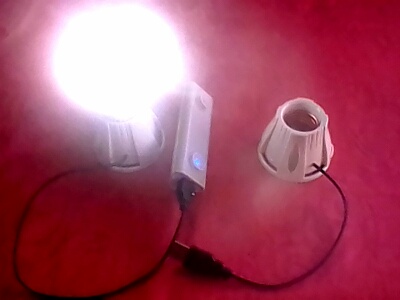
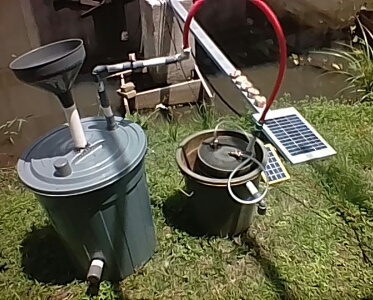

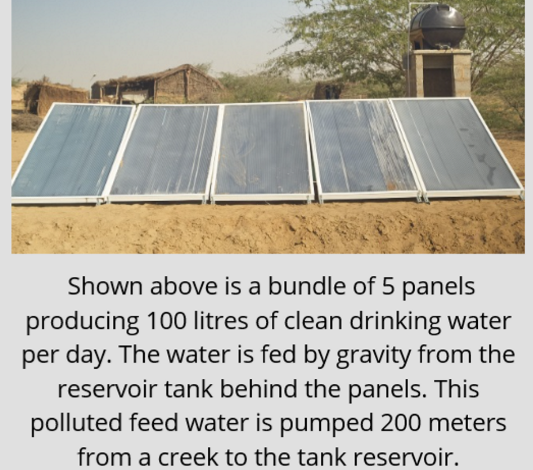 ..
..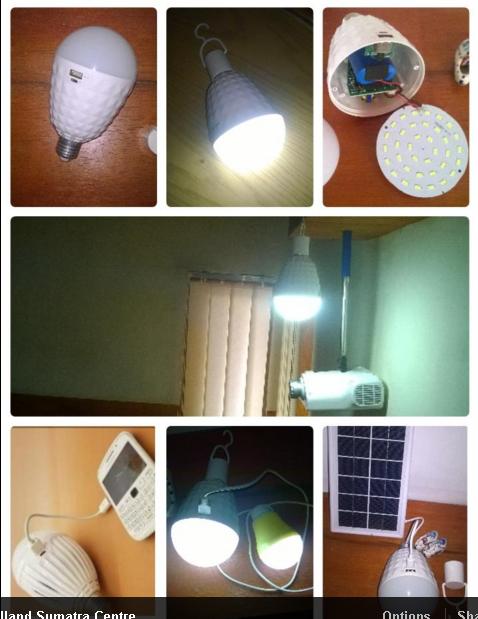

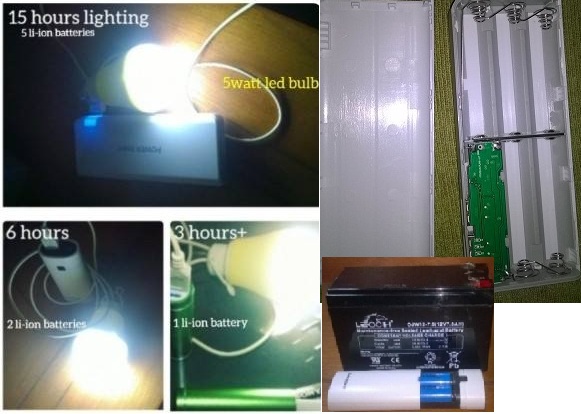
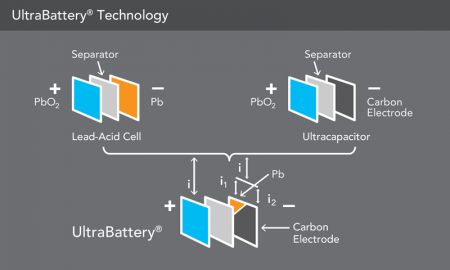

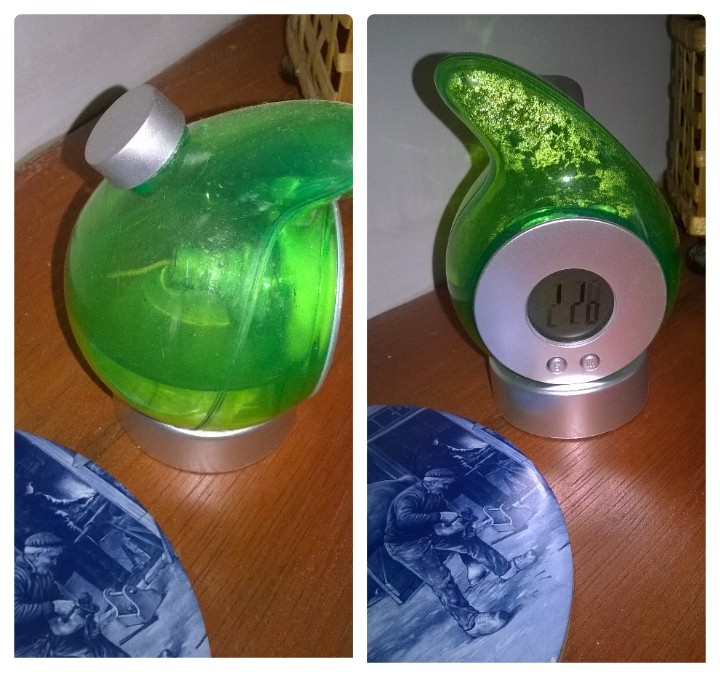
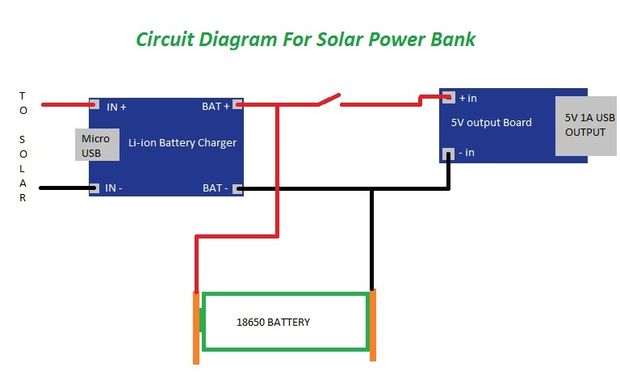



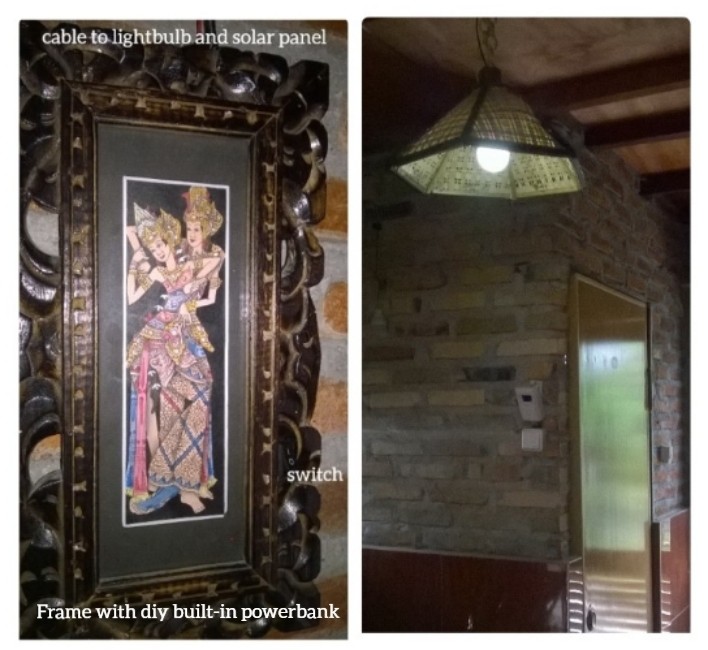


Living offgrid with small solar system(s)
in DIY Forum
Posted
here is another built-in joule thief idea but with 2 AA batteries
